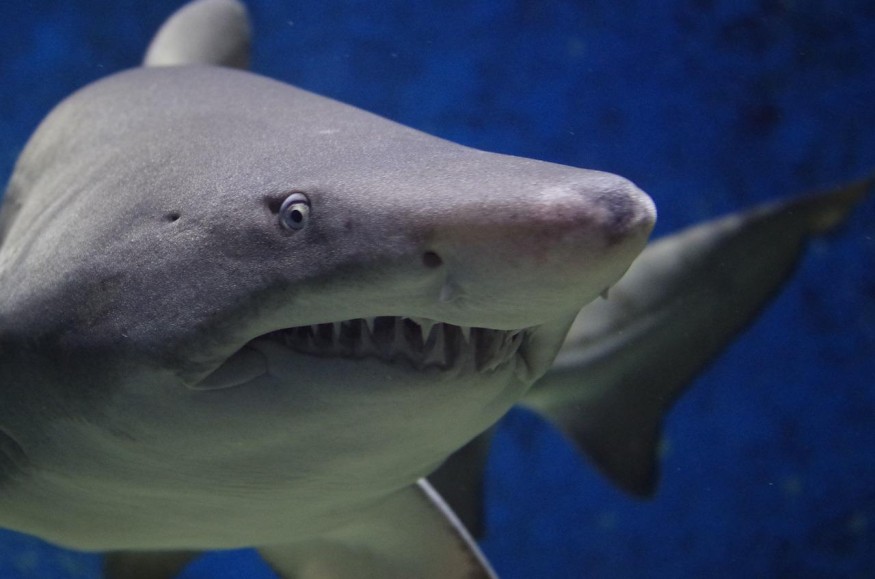Great white sharks are known to prey on various marine creatures and are always on the hunt. One of their main diets is seals which are rich in fat that they need to supply them with energy. Studies show that a shark eats 1% to 10% of its total body weight weekly.
A recent viral video on social media shows a seal in distress as a shark is hunting it. Unfortunately for the seal, it was captured and eaten by the shark. Read on to learn the full details of this unexpected event.

Unexpectedly Filming A Bloody Meal At Sea
Sue Fontaine and her husband were leisurely cruising on a coast in Maine on Sunday morning and taking scenic lighthouse photos when suddenly they witnessed a bloody scene as a great white shark chased and ate a seal, Boston.com reported.
She shot a total of 116 photos of the shark's bloody encounter with the seal at sea, which shows the head of the seal prior to the attack and before the water turned red. She shared 80 of those photos on her Facebook account.
Fontaine also sent the footage to the Atlantic White Shark Conservancy, who also sent an alert on their Sharktivity app that tracks shark confirmed and unconfirmed sightings on the New England coast to raise awareness about the apex predators and keep beachgoers safe.
A few days before the recent shark attack, another gruesome attack was caught on video on July 7. The Sharktivity app has recorded a total of nine confirmed shark attacks off the coast of Maine in June, while there are 14 confirmed shark sightings on Cape Cod. The increased shark activity in the area is because of the season when Atlantic white sharks routinely come to New England to follow their food source.
Read also: Shark Encounters May Rise as Apex Predators Thrive in Urbanized Coastal Cities in Miami: Study
Shark's Diet: Why Sharks Love to Eat Seals But Not Humans?
According to National Geographic, highly adapted predators like sharks have mouths lined up with 300 serrated, triangular teeth arranged in several rows and an exceptional sense of smell to detect their prey. In addition, sharks use electromagnetic fields of animals to locate them.
They mainly prey on fish, crustaceans, mollusks, sea turtles, marine mammals including elephant seals, sea lions, and dead whales, and even feed on other shark species.
Whales and seals are hunted by sharks because of their thick layer of blubber that have lots of fat, which sharks need for energy. Although there may be shark attacks on humans, this is primarily due to mistaken identity as they do not think of humans as a meal.
When they see humans in the water, they may try to investigate, leading to an accidental attack, but as Zanele Mayiya wrote in an article in the Save Our Seas Foundation, sharks have more to fear from humans than humans from them.
RELATED ARTICLE : Ancient Sharks Loved to Eat Noses of Sperm Whales Due to High-Fat Content, Fossil Records Reveal
Check out more news and information on Sharks in Science Times.










